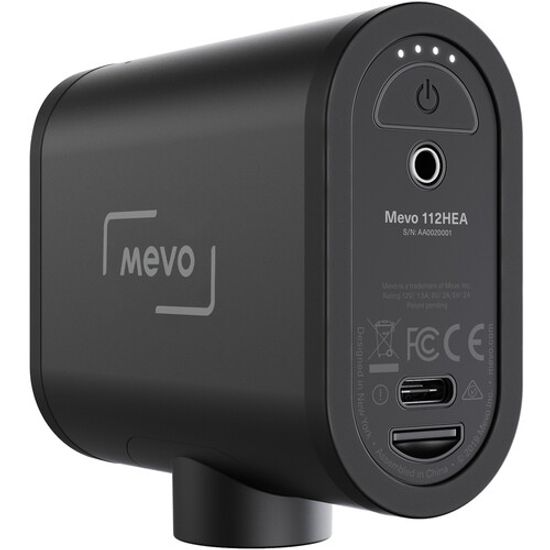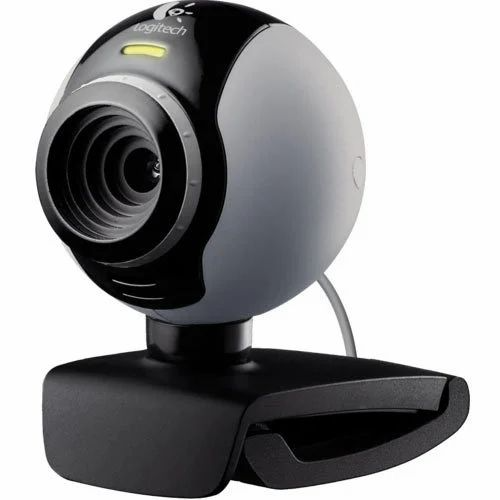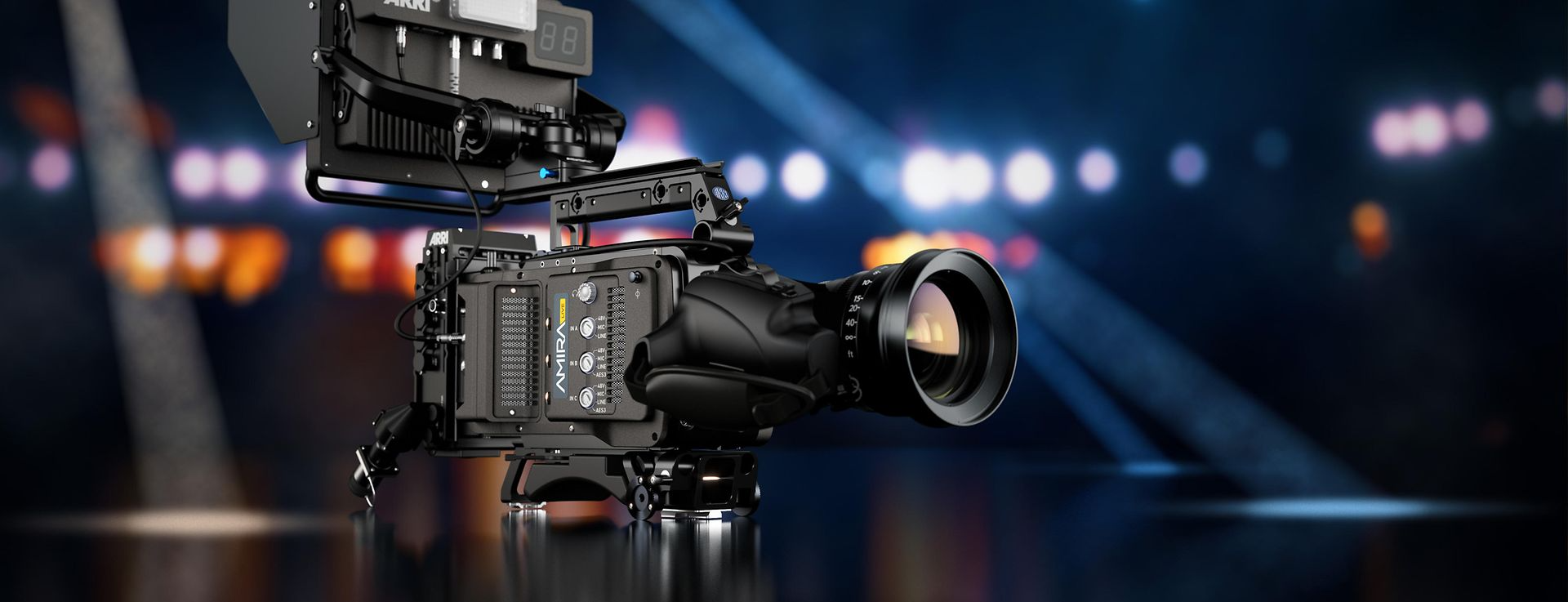Understanding Aperture
Aperture is a fundamental aspect of photography that plays a crucial role in determining the depth of field in an image. It refers to the opening in the lens through which light passes to reach the camera sensor. Understanding how aperture works and how to manipulate it can greatly impact the visual quality and artistic appeal of your photos.
What is Aperture?
In simple terms, aperture is like the pupil of the camera lens, controlling the amount of light that enters the camera. It is measured in f-stops, with lower f-stop numbers indicating larger apertures that allow more light to pass through and higher f-stop numbers representing smaller apertures that restrict light intake.

Depth of Field:
One of the primary effects of changing the aperture is altering the depth of field in an image. Depth of field refers to the range of sharpness in a photograph, from the nearest to the farthest objects in focus. A wide aperture (low f-stop) results in a shallow depth of field, where the subject is sharp while the background is blurred, ideal for portraits and macro photography. In contrast, a narrow aperture (high f-stop) creates a greater depth of field, keeping more of the scene in focus, suitable for landscapes and group shots.
Aperture and Light:
Apart from controlling depth of field, aperture also influences the exposure of an image. A wider aperture lets in more light, allowing for faster shutter speeds in low-light conditions and producing brighter photos. Conversely, a smaller aperture reduces the amount of light entering the camera, requiring longer exposure times but resulting in sharper details in well-lit scenes.

Creative Effects:
Manipulating aperture creatively can enhance the visual impact of your photographs. By experimenting with different apertures, you can control the background blur (bokeh), isolate subjects from distractions, and emphasize specific elements within a composition. Understanding how aperture affects the aesthetics of your images empowers you to craft visually compelling and expressive photos.
Choosing the Right Aperture:
Selecting the appropriate aperture setting depends on the desired outcome of your photo. Consider the subject, lighting conditions, and artistic intent when deciding on the ideal aperture. For portraits, a wide aperture (e.g., f/1.8 – f/2.8) can create a dreamy, blurred background, while for landscapes, a narrow aperture (e.g., f/8 – f/16) ensures sharpness from foreground to background.
Aperture is a versatile tool that allows photographers to control both the technical aspects and creative vision of their images. By mastering the concept of aperture and exploring its effects on depth of field, exposure, and composition, you can elevate the quality of your photography and unleash your artistic potential. Experiment with different apertures, practice consistently, and observe how this essential element transforms your photos into captivating visual stories.

Shutter Speed Basics
Shutter speed refers to the duration for which the camera’s shutter remains open, exposing the sensor to light. Faster shutter speeds (e.g., 1/500 sec) freeze motion, making them ideal for sports and action photography. Slower speeds (e.g., 1/30 sec or slower) are used for creating motion blur effects, like in waterfall or night shots. Remember, when shooting handheld, your shutter speed should be at least as fast as the reciprocal of your focal length to avoid camera shake (e.g., use 1/60 sec if you’re using a 50mm lens).
ISO Explained
ISO represents the sensitivity of your camera’s sensor to light. A low ISO value (such as ISO 100 or 200) produces less noise but requires more light, making it suitable for bright conditions. As ISO increases (ISO 800, 1600, etc.), your sensor becomes more sensitive, allowing for better performance in low-light situations, but with an increased possibility of digital noise or grain. Adjust ISO as needed, balancing between proper exposure and maintaining image quality.
White Balance (WB)
White balance adjusts the color temperature of your photos to match the lighting conditions. Auto WB works well in many scenarios, but manual adjustments can help achieve more accurate colors. For instance, setting a ‘Cloudy’ WB will warm up cool tones on an overcast day, while ‘Tungsten’ WB will remove the orange cast from indoor lighting. Mastering white balance ensures that colors in your images appear natural and true to life.

Focus Modes
Focus modes include Single-shot AF (AF-S) which locks focus once the shutter button is half-pressed, perfect for still subjects. Continuous AF (AF-C) continuously adjusts focus as the subject moves, ideal for action photography. Manual focus (MF) gives you full control over focusing and is often used in macro or special effect photography.
Metering Modes
Metering modes determine how your camera measures the light in a scene. Evaluative metering (also called Matrix or Multi-zone metering) is great for general use, considering the entire frame. Center-weighted metering focuses on the central area, beneficial for backlit subjects. Spot metering reads only a tiny portion of the scene (usually around the center), which is useful for high contrast scenes where you need precise control.
Drive Mode Selection
Drive mode lets you choose how your camera takes pictures. Single-shot drive mode captures one photo per shutter press. Continuous (burst) mode is for capturing multiple frames in quick succession, excellent for action sequences. Self-timer mode allows you to set a delay before the shutter fires, giving you time to get into the shot or reduce camera shake.

Exposure Compensation
Exposure compensation enables you to adjust the brightness of your image beyond what the camera’s meter suggests. If your photos tend to be too dark or bright, dial in positive (+) or negative (-) exposure compensation accordingly. This feature is particularly helpful in challenging lighting conditions or when you want to intentionally under or overexpose for creative effect.
Image File Formats
File formats typically include JPEG and RAW. JPEGs are compressed and ready to share, but some image data is lost during compression. RAW files preserve all the information captured by your camera, allowing for greater flexibility in post-processing. Choose JPEG for immediate sharing, and RAW for maximum editing potential.
This camera settings cheat sheet provides a foundation to understanding the key elements of photography. Practice adjusting these settings according to your needs and environment, and soon you’ll be able to capture any moment with precision and creativity. Remember, mastering camera settings isn’t about memorizing rules; it’s about learning how they interact and adapting them to your artistic vision.